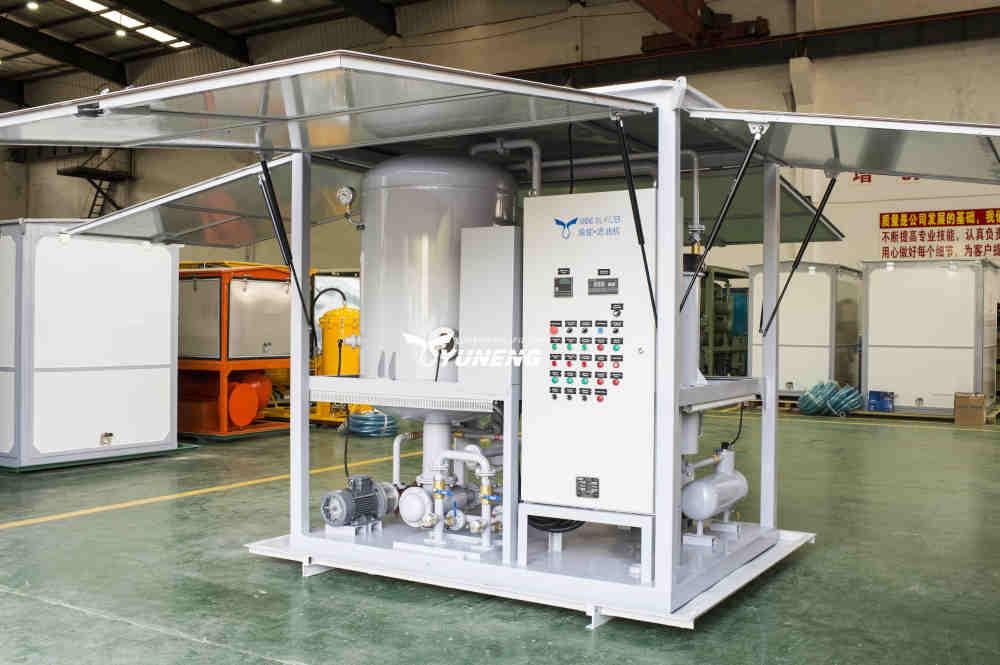A Guide to Selecting Transformer Oil Dehydration Machines

Transformer oil, the lifeblood of these vital power grid components, requires meticulous care to maintain its insulating and cooling properties. Moisture contamination is a significant threat, and transformer oil dehydration machines play a crucial role in removing this harmful element. But with various options available, choosing the right dehydration machine can be overwhelming. This blog serves as your guide, navigating the key factors to consider for a successful selection process.
Understanding Transformer Oil Dehydration
Moisture ingress in transformer oil can lead to:
Reduced Insulation Strength: Water compromises the oil's ability to resist electrical current, increasing the risk of breakdowns.
Corrosion: Moisture accelerates the corrosion of transformer components.
Sludge Formation: Water can react with oil degradation products, forming sludge that can impede heat transfer.
Transformer oil dehydration machines address these concerns by employing various techniques to remove moisture:
Vacuum Dehydration: Lowers the pressure within the oil, causing dissolved water to evaporate.
Desiccant Breathing: Air is passed through a desiccant material that absorbs moisture before entering the transformer oil tank.
Choosing the Right Dehydration Machine: Key Considerations
When selecting a transformer oil dehydration machine, several factors require careful evaluation:
Oil Volume: The machine's capacity should be sufficient to handle the volume of oil in your transformer.
Dehydration Rate: Consider the desired speed of moisture removal. Higher dehydration rates might be necessary for critical transformers requiring faster turnaround times.
Portability: Portable units offer flexibility for use on multiple transformers. However, stationary units might be more suitable for large-scale applications.
Filtration Capabilities: Some dehydration machines incorporate filtration systems to remove additional contaminants like particulates and sludge.
Ease of Use: Operator-friendly controls and clear instructions are essential for safe and efficient operation.
Additional Considerations for Informed Selection
Beyond the core functionalities, consider these factors for a well-rounded decision:
Manufacturer Reputation: Choose a reputable brand known for reliable equipment and quality service.
Availability of Spare Parts: Ensure easy access to replacement parts for long-term machine maintenance.
Compliance with Regulations: Verify that the machine meets relevant industry standards and safety regulations.
Cost-Effectiveness: While upfront cost is important, factor in factors like operating efficiency and maintenance requirements for a holistic cost analysis.
Conclusion
Transformer oil dehydration machines are vital tools for maintaining the health and performance of transformers. By carefully considering the factors outlined in this guide and seeking expert advice when needed, you can make an informed decision and ensure your transformers operate reliably and efficiently for years to come. Remember, a well-dehydrated transformer is a happy transformer, ensuring a stable and sustainable power grid.
- Art
- Causes
- Crafts
- Dance
- Drinks
- Film
- Fitness
- Food
- الألعاب
- Gardening
- Health
- الرئيسية
- Literature
- Music
- Networking
- أخرى
- Party
- Religion
- Shopping
- Sports
- Theater
- Wellness
- IT, Cloud, Software and Technology


